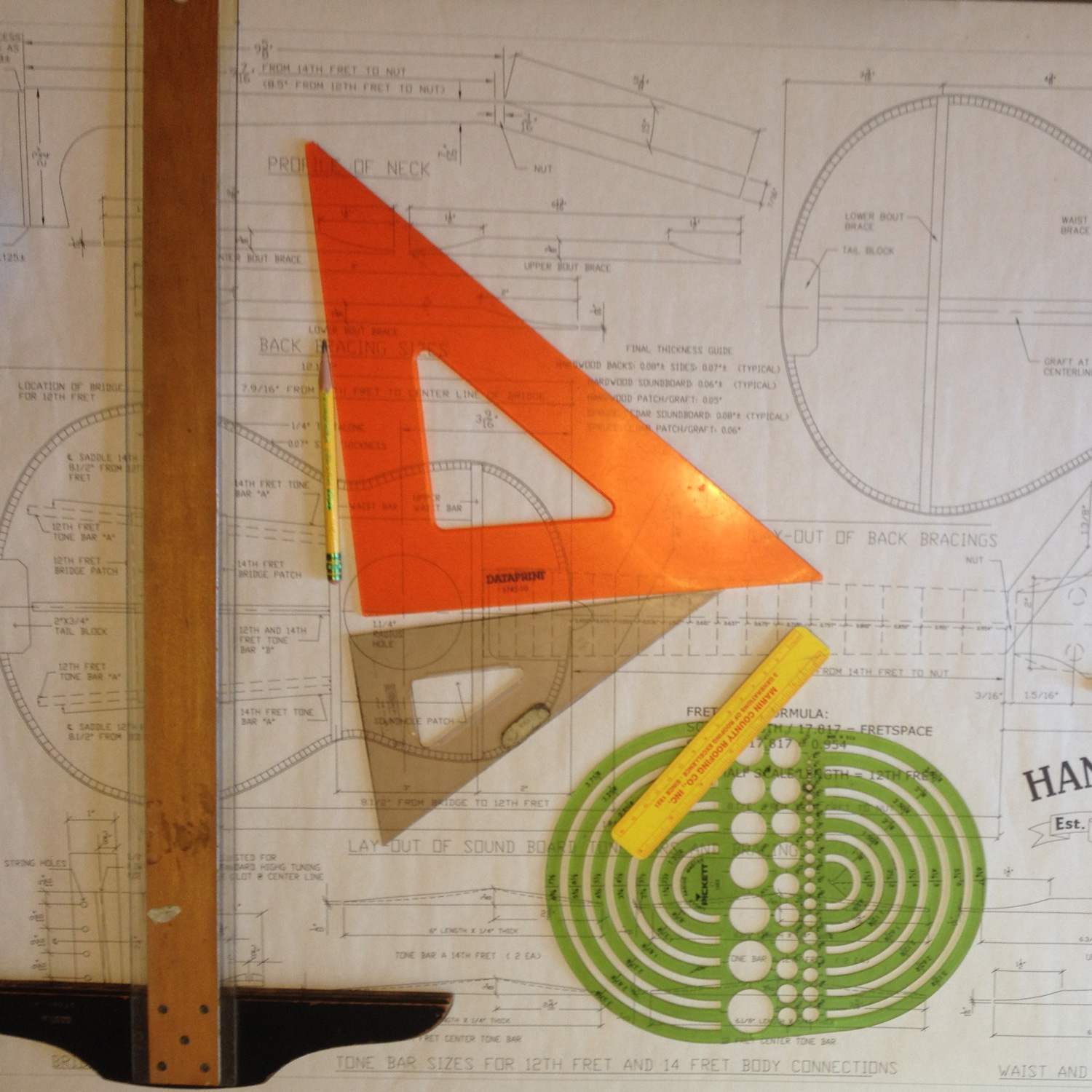About My Ukuleles
Excellent craftsmanship, design and tone are important to me, and these qualities are reflected in the ukuleles I offer. I am the sole maker of ukuleles bearing my name.
Why I make ukuleles
Learning music was something I had wanted to do for many years and was a way to fill the hole in my life left by the departure of our third child to college. I decided to try the ukulele because of its portability and because my stubby, chubby fingers made playing all six strings of a guitar difficult. After about a year of lessons, my teacher got to know me pretty well. During one lesson she said, “you’re the kind of person who, if he wants to eat bread, would prefer to grow the wheat, mill it, and then then bake your own. I know someone in Hawaii who gives one on one instruction in making ukuleles. Is that something that would interest you?” Indeed it was, and within months I was on The Big Island making my first ukulele. I have always loved making and fixing things with my hands, and I found tranforming mute blocks of wood into musical instruments immensely satisfying and fulfilling.
Materials
The sound and feel of a fine musical instrument are a function of materials, workmanship and personal preference. Excellent materials are at the heart of my instruments. When possible, I use repurposed wood when it is a luthier grade tonewood. My first ukuleles incorporate tops made from redwood water tanks built in the 1930s in the hills of nearby Marin County. More recently, I made an ukulele whose quartersawn sides and back are from a grand sycamore that grew as a street tree about a block away from my home until it was removed in the summer of 2016.
Methods
Each of my ukuleles is hand made. This does not mean that I do not use power tools. I do. In addition to rasps, wood chisels, clamps, dovetail saws, jigs and the like, my small shop possesses the usual woodworking machinery such as band saws, table saws, drill presses, planers and drum sanders. Most of my instruments have:
Arched backs (lengthwise and widthwise) for better resonance.
Mortise and tenon neck joints.
A carbon fiber rod sandwiched between the fretboard and the neck, which has the dual benefits of enhancing neck stability and facilitating construction of the mortise and tenon neck joint.
Hand-carved necks.
Design
The shapes of ukulele bodies, headstocks, bridges, heels, necks, and fretboards reflect a maker’s design preferences. If you want an instrument that looks like Elvis’s, look elsewhere. My tastes are Shaker, not baroque. My ukuleles have a simple, honest appearance while incorporating unique visual design elements. I use the natural colors of wood to create visual interest in my instruments. I also feel that there is beauty in well made joinery, which is why I don’t hide the scarf joint (this joint creates the 15 degree angle between the headstock and the neck) on the back of the headstock with a piece of veneer. Typically, my ukuleles do not possess a lot of decoration such as binding or inlays. The latter, because of their time consuming nature when done by hand, can add hundreds if not thousands of dollars to an instrument’s price. I prefer to focus my attention on building a high quality instrument with excellent tonal qualities at a cost that is within reach of more players.





